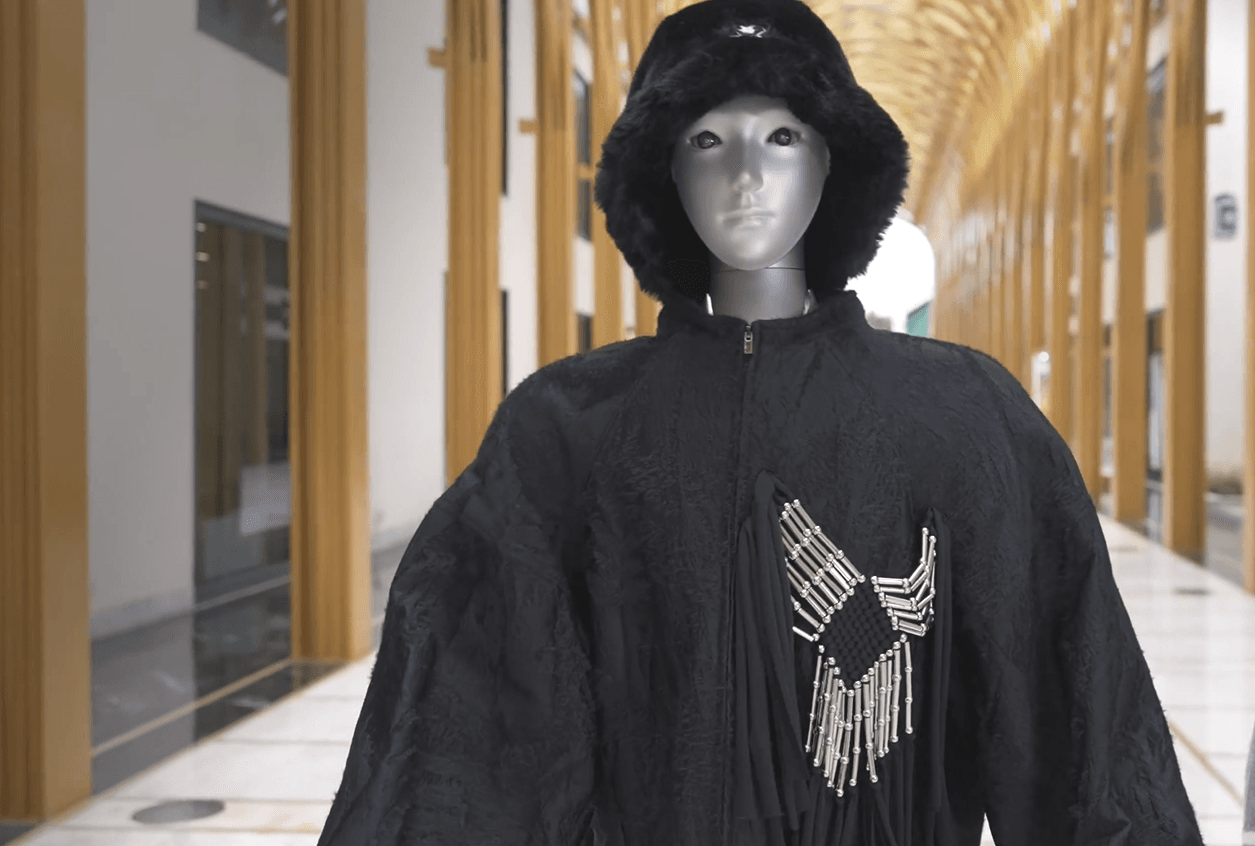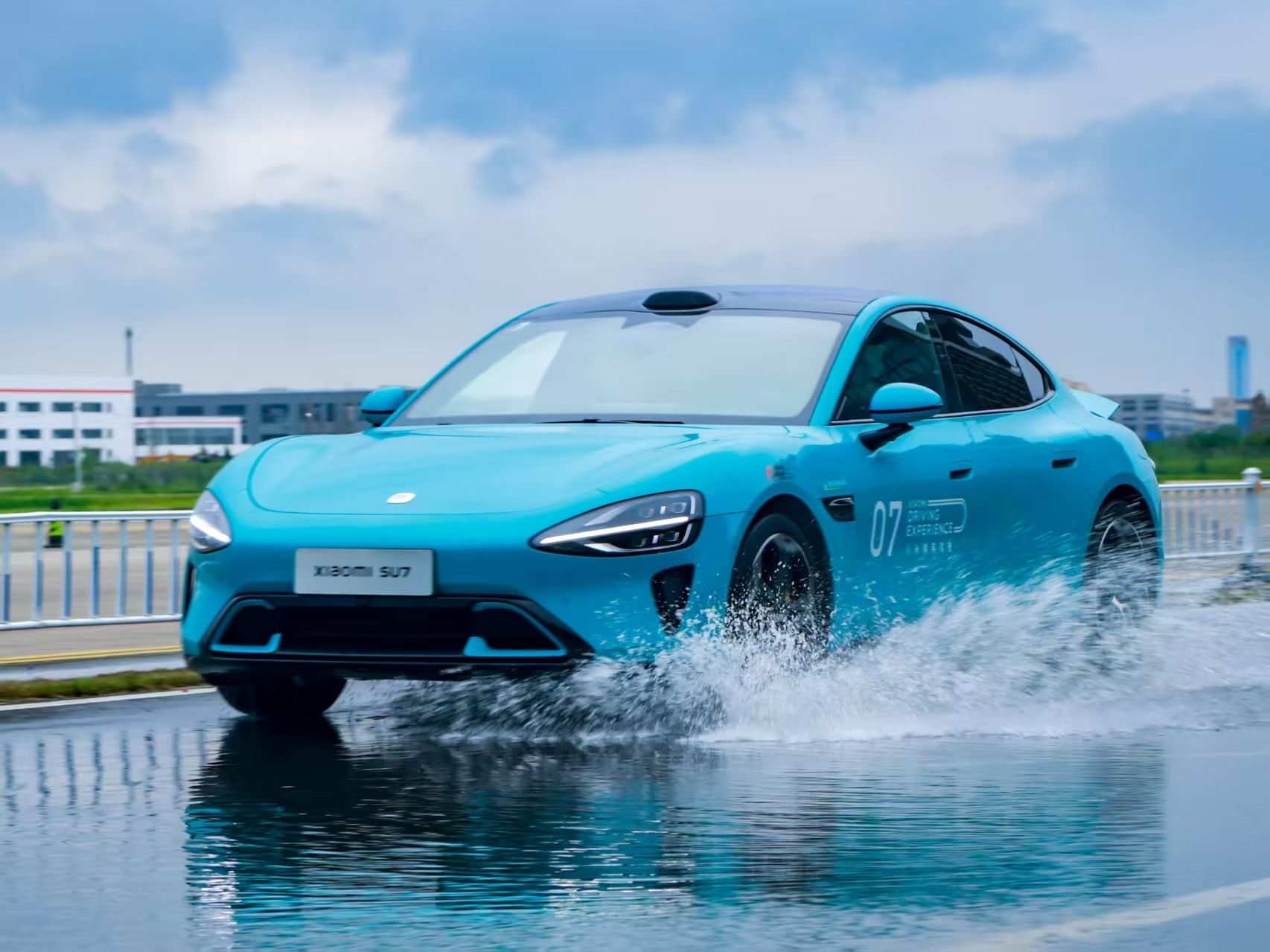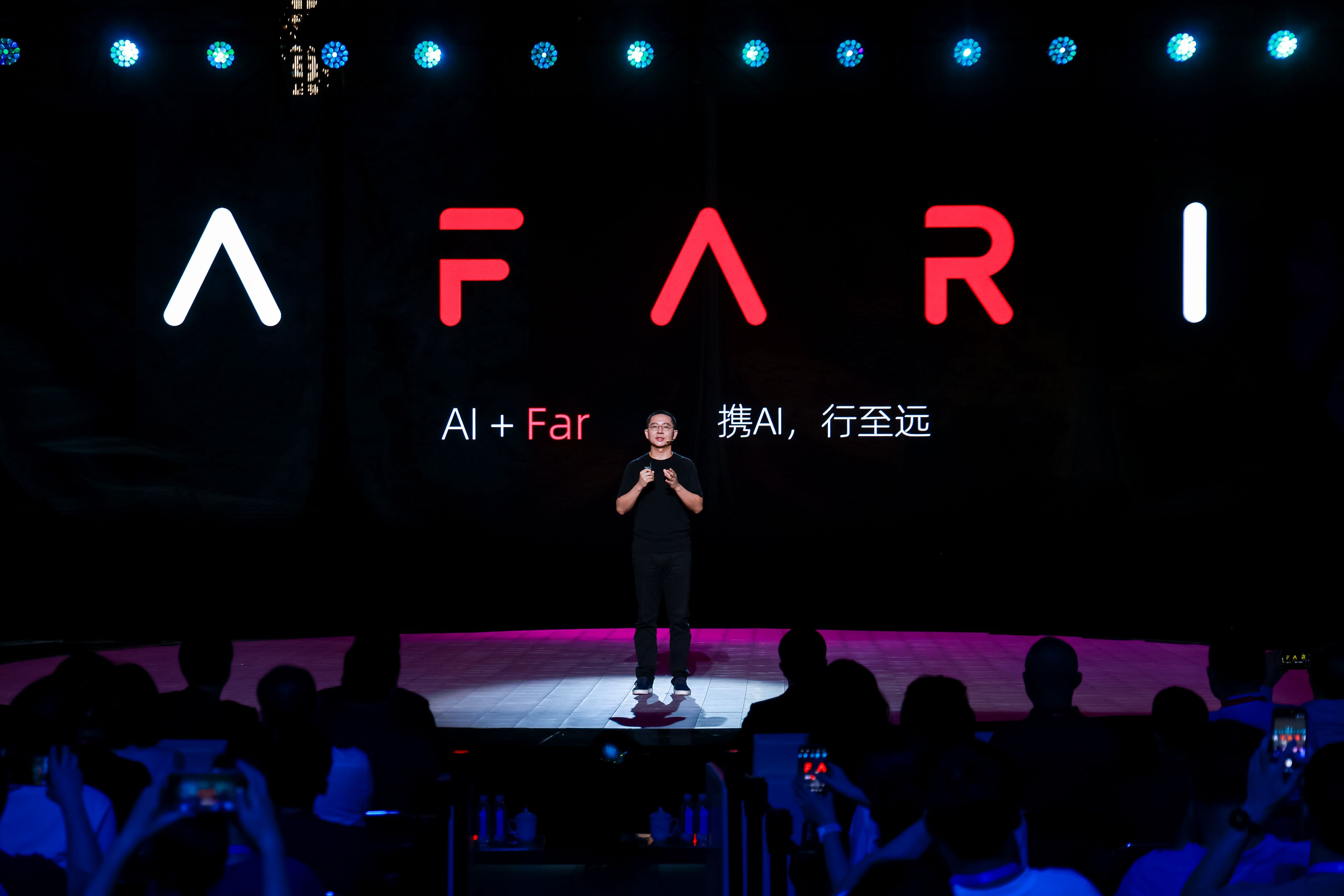
Unitree Launches Next-Generation Bionic Humanoid Robot — Unitree H2
Want to read in a language you're more familiar with?
Chinese robotics company Unitree Robotics has officially unveiled its next-generation bionic humanoid robot, the Unitree H2.
Chinese robotics company Unitree Robotics has officially unveiled its next-generation bionic humanoid robot, the Unitree H2. Standing 180 cm tall and weighing 70 kg, the new model comes closer than ever to human proportions — even donning clothes in the official launch video to highlight its lifelike design.
Although Unitree has yet to release full technical specifications, demonstration footage shows that the H2 moves with remarkable agility, balance, and fluidity. The robot performs complex dance and martial arts sequences with ease, showcasing impressively smooth joint articulation and natural transitions between movements. Compared with its predecessor, the Unitree H1, the new H2 introduces a bionic human-like face, bringing it a step closer to the humanoid robots once confined to science fiction.
The H1 gained nationwide attention after its appearance on China’s 2024 Spring Festival Gala, where its joyful Yangko dance performance went viral both domestically and overseas. As China’s first full-sized humanoid robot capable of running, the Unitree H1 marked a major breakthrough in general-purpose robotics. It stands around 180 cm tall, weighs 47 kg, and can move at 3.3 meters per second—a world record for humanoid robots—with a potential top speed exceeding 5 m/s. It’s powered by an 864 Wh swappable battery, allowing extended operation and fast replacement. Equipped with 360° depth perception, the H1 features both 3D LiDAR and depth cameras, enabling it to capture high-precision spatial data and perform panoramic environmental scans in real time.
With the debut of the Unitree H2, Unitree continues to push the frontier of humanoid robotics, narrowing the gap between machines and humans — and offering a glimpse of what the next generation of intelligent, lifelike robots might look like.





